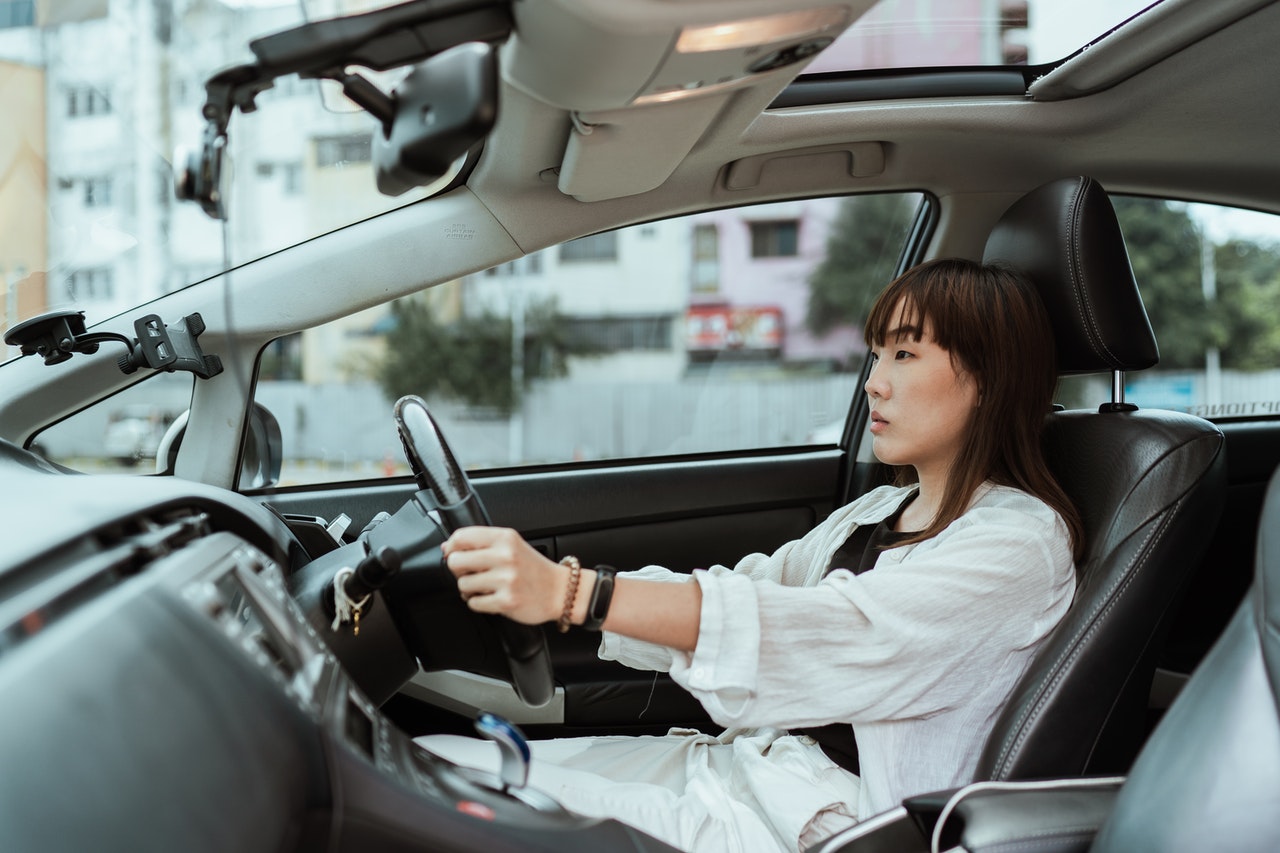The way that you drive is one of the biggest factors in how much you are paying for your car or van insurance. The fewer accidents and moving violations you have will help reduce the premium you pay with each passing year. The best way to be a better driver is to incorporate some defensive driving techniques into your driving habits. Your good driving will then translate directly into lower insurance quotes which can be found here.
Defensive driving is a method of driving that helps you avoid accidents, even ones that aren’t your fault. When you take on these techniques, it also helps you stay focused and not end up causing an accident or even risk a moving violation. In this article, we will go over some of the steps to becoming a better driver through defensive driving habits.
Don’t drive distracted
Distracted driving comes in many forms and is one of the biggest contributing factors to an accident or moving violation. When you are doing anything while you are driving it takes attention away from what is happening around you. This distraction, even for a few seconds, can be the difference between an accident or not.
One of the most common distracted driving practices is texting while driving. It is a serious problem with how widespread it is and is contributing to an unsafe driving environment. To read and send a text can take your eyes off the road for five seconds or more. In this time, the car has traveled a considerable distance with a lot of possible problems occurring within that time.
Even eating while driving is a big problem. When your hands are not free, your reaction time to an event is dramatically reduced. If another car or person were to dart in front of you, the food in your hand and mouth would be enough to impact your ability to avoid the accident.
Take the time to pull over to read and send a text if it is important. If it isn’t then simply wait until you’ve reached your destination to do so. If you need to eat while driving on your morning commute, for example, then wake up 15 minutes earlier to eat before getting into the car.
Plan your route
Knowing what to expect when out on the road is a good way to avoid a bad time. Taking some time to get to know what is happening on your route will allow you to drive calmly and be ready to react to factors that you are expecting.
Take a few minutes to look online at the traffic and road construction reports for the route you plan to take. This will help you avoid a sticky situation that could cause you to react poorly since you aren’t expecting it otherwise.
Think ahead
Scan around the area while driving to get a sense of what is happening around you. Look ahead at the traffic flow to see if there are cars slowing down quickly. Or, if there are cars speeding toward an intersection. Seeing these things ahead of time allows you to react in time since you are already prepared to act.



 Bitcoin
Bitcoin  Ethereum
Ethereum  Tether
Tether  XRP
XRP  Solana
Solana  USDC
USDC  TRON
TRON  Cardano
Cardano  Lido Staked Ether
Lido Staked Ether  Avalanche
Avalanche  Toncoin
Toncoin